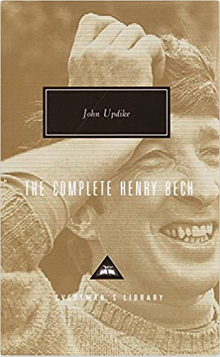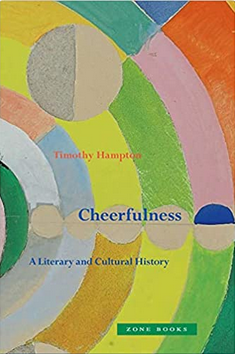Elle magazine’s Riza Cruz asked award-winning author and book lover Ian McEwan (Atonement, Lessons) to name favorite books in 18 different categories—a bit more fun than the usual Top 10 format. His non-annotated responses are below. For the Full Monty you’ll need to read the Shelf Life books column article . . . on the book that:
Made him miss a train stop: The Caine Mutiny (Herman Wouk)
Made him weep: Madame Bovary (Gustave Flaubert)
He would recommend: The Dead (James Joyce)
Shaped his worldview: The Female Eunuch (Germaine Greer)
Made him rethink a long-held belief: The Radetzky March (Joseph Roth)
He read in one sitting, it was that good: Youth (Joseph Conrad)
Currently sits on his nightstand: We Don’t Know Ourselves (Fintan O’Toole)
He’d pass on to his kid: God is Not Great (Christopher Hitchens)
He’d gift to a new graduate: On the Origin of Species (Charles Darwin)
Made him laugh out loud: The Bech Trilogy [The Complete Henry Bech] by John Updike. Bech is Updike’s Nobel Prize-winning, Jewish alter ego, whose literary career rises, nosedives, and rises again. By the end, Bech murders his various hostile critics and is heroically damned by a dying victim.
He’d like to turn into a Netflix show: We Had to Remove This Post (Hanna Bervoets)
He first bought: Under the Net (Iris Murdoch)
He last bought: The Darkroom of Damocles (Willem Frederik Hermans)
Has the best title: What Katy Did (Susan Coolidge)
Has the best opening line: Herzog (Saul Bellow)
Has the greatest ending: Reunion (Fred Uhlman)
Everyone should read: Middlemarch (George Eliot)
Holds the recipe to a favorite dish: Appetite (Nigel Slater)












